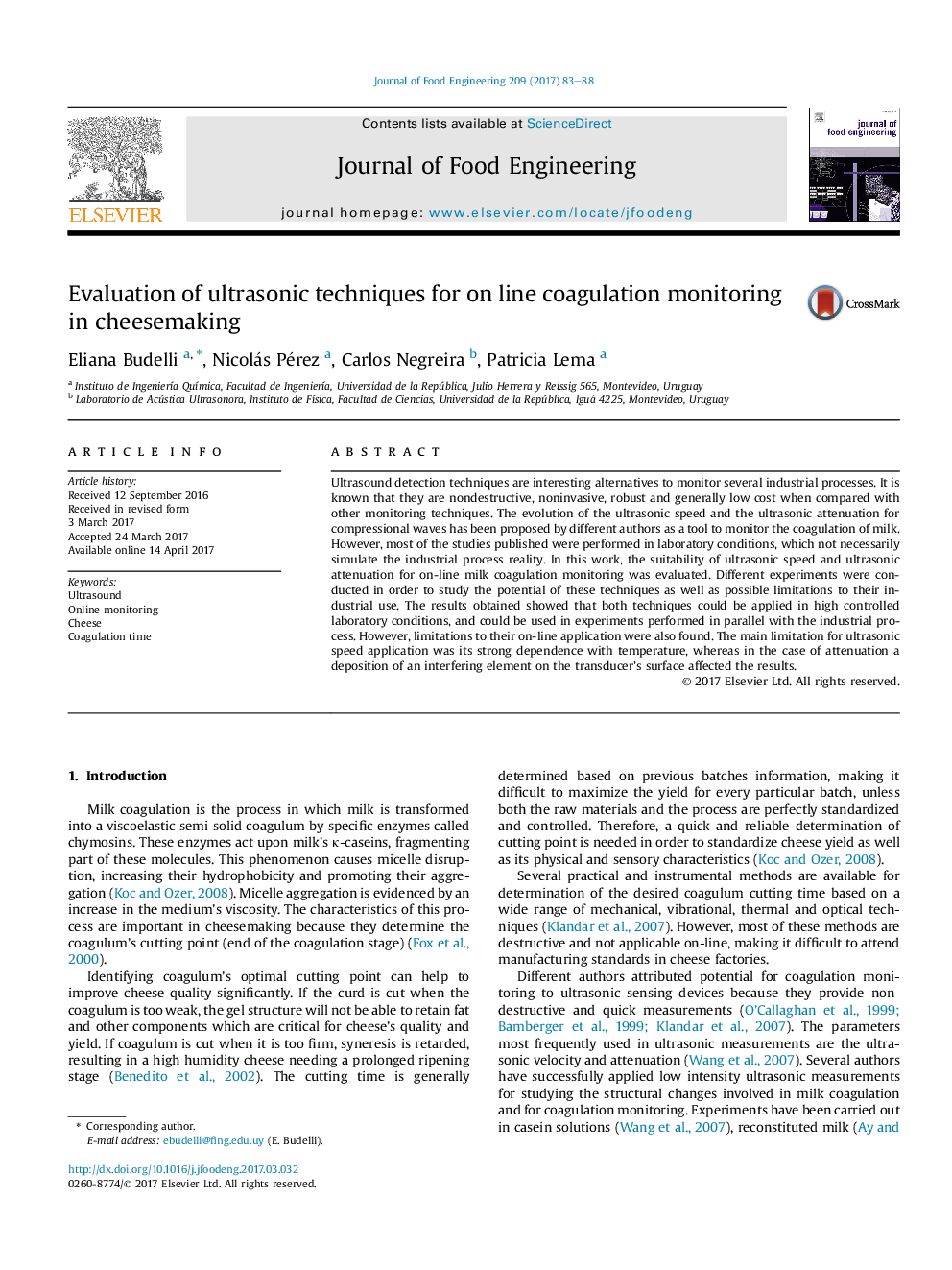| Article ID | Journal | Published Year | Pages | File Type |
|---|---|---|---|---|
| 4910038 | Journal of Water Process Engineering | 2017 | 6 Pages |
Abstract
Botryococcus braunii strains are high-lipid producers. Despite this, their use as biodiesel feedstock is limited by their slow growth, which increases production costs. B. braunii wastewater bioremediation power, however, may be able to overcome this problem. This research evaluated the performance of two strains (UTEX-USA and IBL-Brazil) grown in pre-treated (influent) and treated (effluent) wastewater. The goal was to optimize algal-productivity and wastewater treatment in order to provide biomass rich in high-quality oil for biodiesel. The standard CHU-medium was used as control. Phosphorus was 100% removed in all treatments for both strains. Nitrogen removal was higher in wastewater (61-65%) than in CHU medium (48 and 61%), respectively for UTEX and IBL strains. Cultivation in the effluent generated higher biomass and lipid productivity for the UTEX strain, while the influent was the best for the IBL strain. The composition of the fatty-acids produced by Botryococcus was used to estimate the biodiesel quality. Hence, the biodiesels may have good fuel quality (high ignition and combustion efficiency) but limited application at low temperatures. The composition of fatty-acids, however, can be optimized by growing or mixing strategies. Therefore, Botryococcus braunii is a potential source for high quality biodiesel production.
Keywords
MUFAsaturated FAIBLFatty-acidsSFAWWTPSaponification valueIodine valuePUFABotryococcusWastewater treatment plantWastewater treatmentCetane numberchemical oxygen demandDegree of unsaturationWastewaterFAME یا fatty acid methyl esters total nitrogenOxidation stabilityCodTotal phosphorusBiodiesel quality
Related Topics
Physical Sciences and Engineering
Chemical Engineering
Chemical Engineering (General)
Authors
Francesca Rinna, Silvia Buono, Iago Teles Dominguez Cabanelas, Iracema Andrade Nascimento, Giovanni Sansone, Carmela Maria Assunta Barone,
